Every Monday we ask small businesses key questions. Here we speak to Aberdeen-based Ian Stott, founder of the sports performance, movement and rehabilitation-focused Stott Method.
How and why did you start your business?
I left school and joined the Army, where I probably started to develop a certain mindset subconsciously.
After leaving the forces I went to college before working offshore. Like so many people, I got disillusioned and wanted more in my life than just earning good money.
In 2003 I cycled across Mexico, over the Sierra Madre, for Macmillan/Roxburghe House, raising almost £12,000.
That, along with reading The Alchemist, by Paulo Coelho, inspired me to leave the oil industry in 2004 to become a personal trainer.
I felt I could make a difference to many lives rather just my own bank balance – life is about giving something back if you have the power to do so.
How did you get to where you are today?
I was a personal trainer for seven years, and then a strength and conditioning coach after completing an MSc and coursework with UKSCA, the professional body for this in the UK.
A few years later and by fate I attended a movement course run by Joanne Elphinston at The Football Association in England.
Like so many people, I got disillusioned and wanted more in my life than just earning good money.”
I completed all the Jems (Joanne Elphinston movement systems) performance workshops and, with this knowledge, started to appreciate how a person’s nervous system can affect their movement.
From there I set up as a movement performance coach, which bridged the gap between physio and strength and conditioning coaches.
Life is about giving something back if you have the power to do so.”
During this time I worked with English Premier League football, rugby and NHL (hockey) teams, along with private clients from both professional and recreational sports.
The biggest twist came six years ago when I was involved in a road traffic accident and fractured my spine.
It was then I started to understand my brain in practical terms. I felt much more going on in my head than even when I was in the Army.
Due to my education, I was able to interpret what was happening. This I believe was the key, as so many people can get into a certain state of mind termed as “the zone”, but most don’t have the knowledge to test out their experiences. Fortunately, I do.
I have since developed the Stott methods, together with my amazing loyal clients.
These are around 20 cutting-edge techniques that harness the brains amazing capacity, teaching people how to directly access their dopamine pathways (connections where dopamine – a type of neurotransmitter – travels around the body to convey important information).
It helps them to improve their mood, movement and motivation, while switching on specific key areas in the brain.
These methods help with so many things, from sporting performance to improving power, strength, stability and balance in the gym.
They also help you to move and sleep better, improve your confidence and reduce anxiety. The potential benefits are endless.
Who helped you?
My clients have helped to develop the Stott methods and for that I am forever grateful.
I have also to thank Craigdon Mountain Sports for recommending me to so many people over the past six years.
Finally, I must say a big “thanks” to the Federation of Small Businesses for its continued support and advice, and Gavin Birnie, from Aberdeen Business Gateway, who has supported me over the past two years.
What’s the best piece of advice you’ve ever had?
Dreams are impossible for fear of failure (The Alchemist).
What is your biggest mistake?
Over-reliance on others.
What’s your greatest achievement?
Developing methods I believe can increase people’s understanding of how the brain functions and help them in so many ways in the future.
It’s a game-changer if we just embrace that we can actually use our brain, and not believe the old chestnut saying you can only use 10% of its capacity – that’s poppycock.
If you were in government, what would you change?
It’s not so much about what I would change but what I would do. I would be speaking to myself about how to get some of the Stott methods out to the wider public.
In this day and age, coaches, physiotherapists and mental health professionals should know how to teach clients how to directly access not only their dopamine pathways, but also serotonin (a chemical the body produces naturally and is needed for the nerve cells and brain to function) and certain key areas of the brain.
I can’t by myself get this message out to everybody, but the government certainly can.
What do you still hope to achieve?
Ultimately, my dream is to teach some of the top sports teams and athletes my methods. This may be the best way to get my methods to the general public.
I’d also love to appear on Scottish television and the red sofa on breakfast TV.
What do you do to relax?
Downhill mountain biking is where a lot of my methods have been further developed and perfected.
What are you currently reading, listening to or glued to on TV?
Neuroscience for Dummies, by Frank Amthor, is my bible. It allows me to talk to clients about my methods in laymen’s terms and also refer them to the brain science.
What do you waste your money on?
That’s easy, mountain biking.
What’s the first thing you do when you wake up in the morning?
Cuddle Misty, my cocker spaniel.
What do you drive and dream of driving?
I drive a Vauxhall Vivaro and also ride a Mondraker Level RR mountain bike. The dream is a Niesmann campervan and another mountain bike – a Santa Cruz V10.
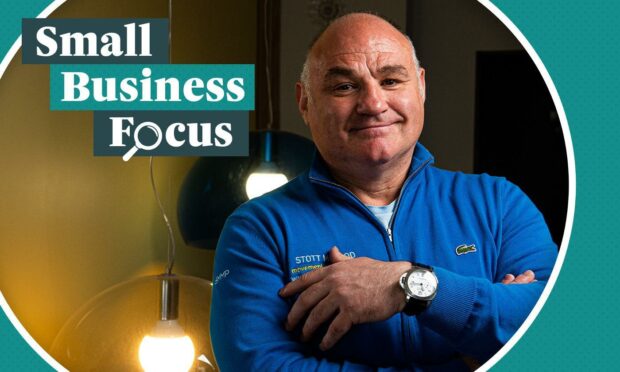
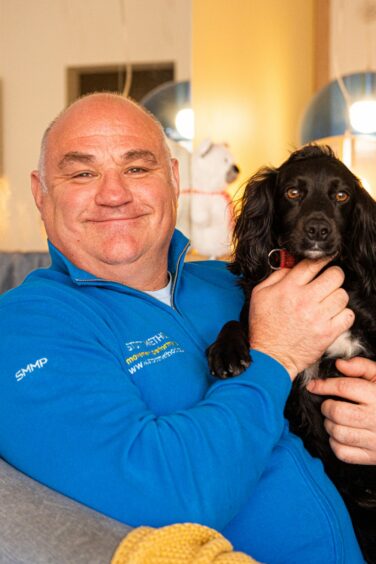
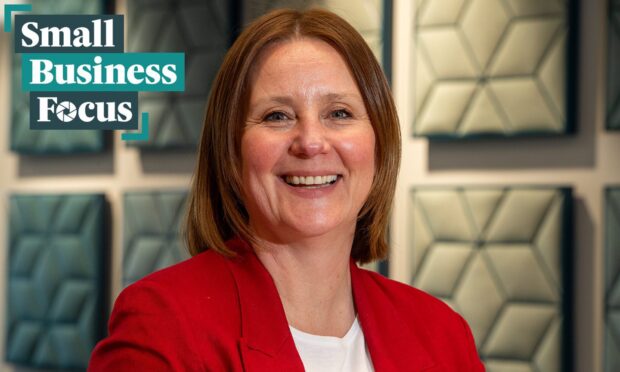
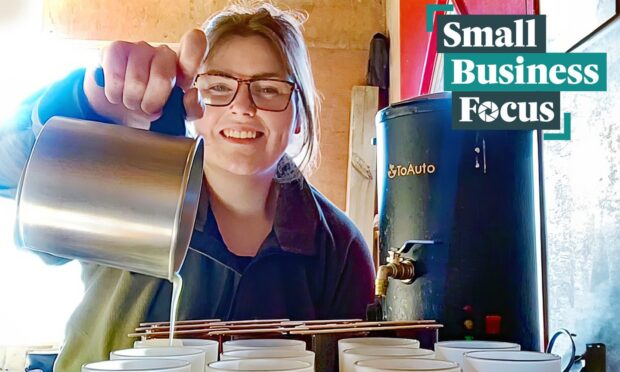
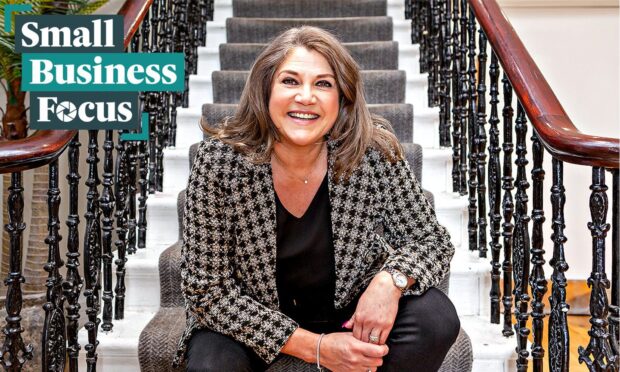
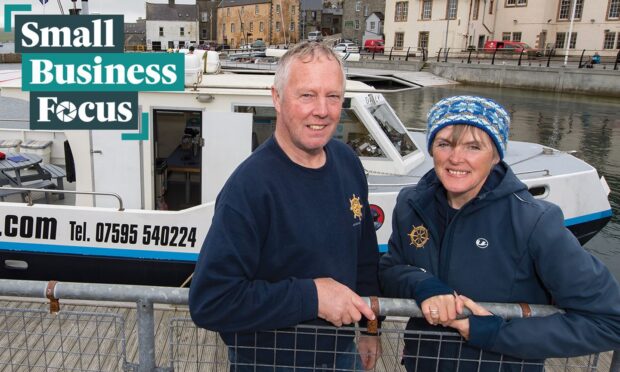
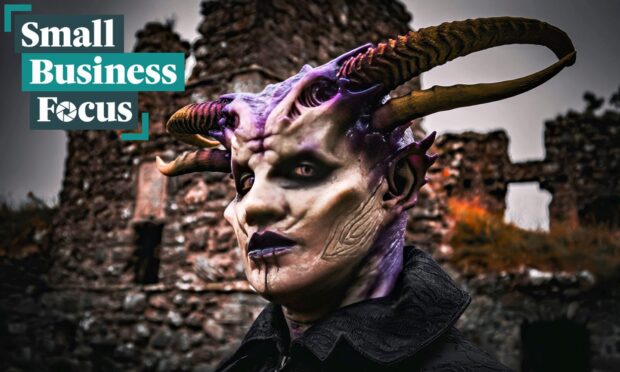
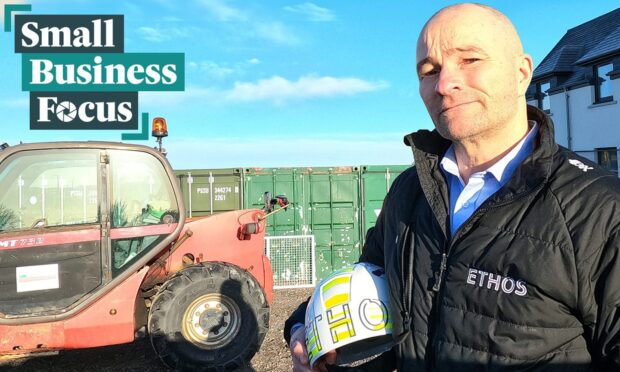










Conversation